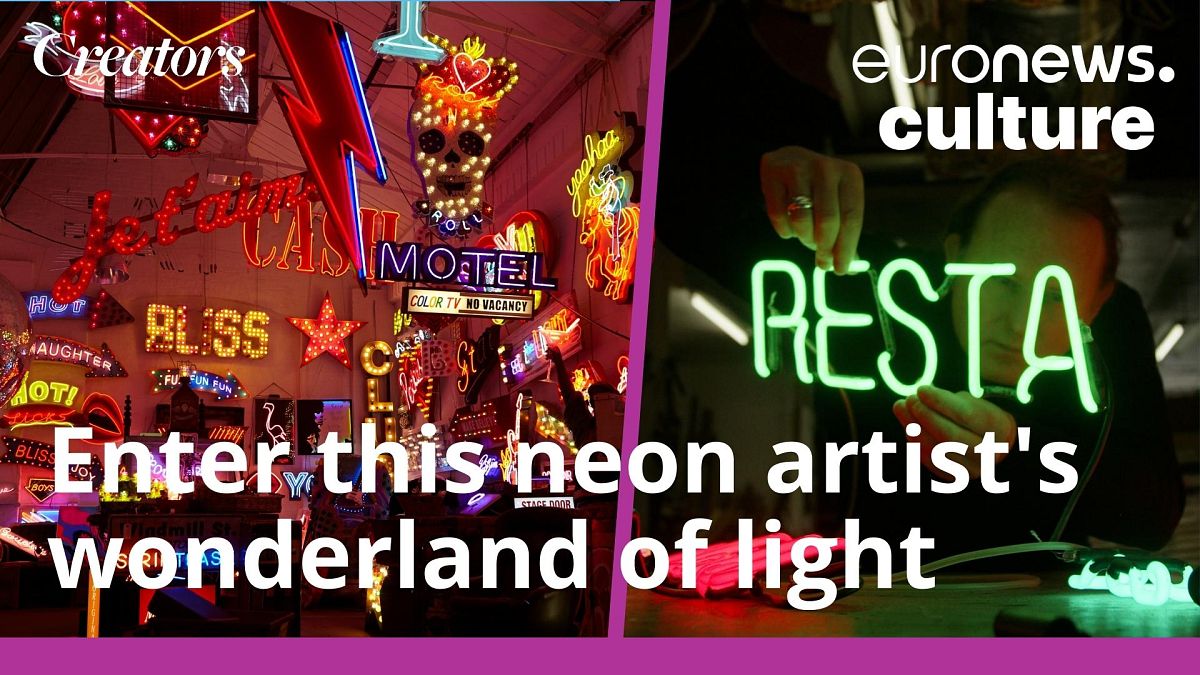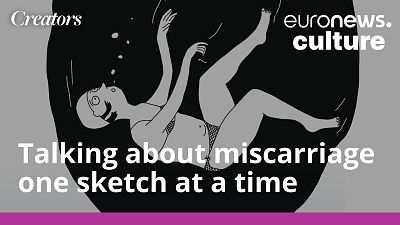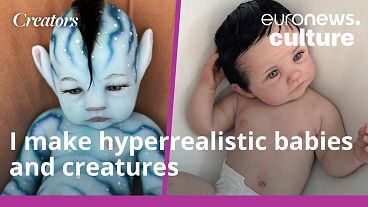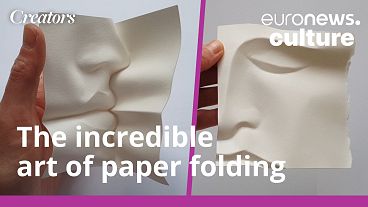Marcus Bracey is a third-generation neon light artist and owner of God's Own Junkyard, home to the largest collection of neon signs outside of the US.
Visiting God’s Own Junkyard is not for the faint of heart. From outside, the unassuming warehouse in north London looks like any other building on the industrial strip.
But walk through the little blue door and you’ll enter a fantastical wonderland, with wall-to-wall neon signs glowing in every colour imaginable, setting your eyes and mind ablaze.
“People’s expression on their face, it blows their mind, they’ve never seen anything like this,” says owner and third-generation neon light artist Marcus Bracey. “It’s a trippy feeling, you walk in here, you’ve got everything. It’s the ultimate Sunday roast for your eyes.”
Bracey has been working with neon for 30 years, after learning the trade from his late father Chris Bracey. Chris became notorious for his neon sign work in London’s Soho district, which earned him the title “The Neon Man”.
Marcus had huge shoes to fill when his father died in 2014. But his passion for the trade shines bright, as does his eagerness to carry the torch of God’s Own Junkyard into the future.
Evolution of an aesthetic
The showroom contains more than 1,500 neon pieces and props, the “largest collection outside America” according to Bracey.
Some were made for Hollywood films by his father, who worked with directors like Stanley Kubrick and Tim Burton. Many advertise strip clubs and other businesses in the sex industry, as neon became a popular way to advertise in the 80s.
The halls of God’s Own Junkyard tell the story of how neon evolved over the years, from a utilitarian product to a coveted piece of art.
“Neon over the years has changed so much,” Bracey told Euronews Culture. “It was so commercially-driven. It was in hotels, bars, restaurants, the sex industry, as a way to publicise and draw people in. Now in this era, we’re creating art pieces that go on someone’s wall in their home. It’s not so commercially driven, which is exciting. It’s got a life of its own and it's handmade, which is fantastic.”
Working with neon is challenging in its own right, as straight canes of fragile glass must be twisted into shapes and letters over a massive flame. God’s Own Junkyard has a sister company, Electro Signs, founded by Marcus’ grandfather Dick Bracey in the 1950s, where all their neon pieces are manufactured.
The artistry begins with the design – “you’ve got to be a reasonably good sketcher and do your mock-up visuals and drawings before you even begin to make that sign,” Bracey says.
A shining legacy, a bright future
God’s Own Junkyard is celebrating its 70th anniversary this year, as Britain lives through one of the worst cost of living crises in a generation.
“It’s amazing to be here, especially with the storms we’ve ridden,” Bracey says. “The rents have gone up, electricity has gone up, overheads have gone up.”
To give the business a new lease on life, the Braceys have opened a bar and cafeteria on-site, called the Rolling Scones Cafe, where people can sit with a drink and bask in the neon lights. They’re also working on building a new “VIP” area upstairs.
But visiting God’s Own Junkyard has remained free-of-charge, and Bracey says he’d like to keep it that way. He’s looking into adding solar panels to the roof to help offset the soaring energy bills.
“The way things are going in London, in the whole world, we’re going to struggle to keep this space free,” Bracey said. “It might end up being a private gallery because of the bills we’ve got to pay. But we don’t want to charge people. It’s not about charging people.”
What God’s Own Junkyard is really about, Bracey says, is offering people a space to relax and have a good time, while showing off the variety of work neon artists have created.
And for now, that future’s looking bright.
To hear more from Marcus Bracey and God's Own Junkyard, watch the full episode of Creators in the player above.



